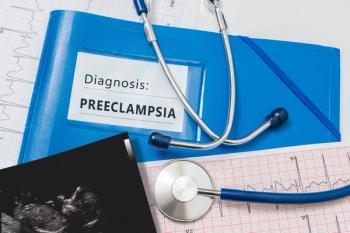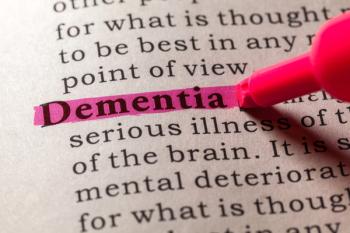
Obesity Associated With Risk of Dissimilar Breast Cancers
High body mass index (BMI) and low levels of physical activity are associated with increased risk of triple-negative and estrogen receptor-positive (ER+) breast cancers in postmenopausal women, according to a study published online March 1 in Cancer Epidemiology, Biomarkers & Prevention.
WEDNESDAY, March 2 (HealthDay News) -- High body mass index (BMI) and low levels of physical activity are associated with increased risk of triple-negative and estrogen receptor-positive (ER+) breast cancers in postmenopausal women, according to a study published online March 1 in Cancer Epidemiology, Biomarkers & Prevention.
Amanda I. Phipps, from the Fred Hutchinson Cancer Research Center in Seattle, and colleagues analyzed data from 155,723 women enrolled in the Women's Health Initiative, of whom 307 had triple-negative breast cancer and 2,610 had ER+ breast cancer. Baseline BMI, BMI earlier in adulthood, waist and hip circumference, and physical activity were analyzed to determine if they were associated with the risk of triple-negative and ER+ breast cancers.
The researchers found that women with BMI in the highest quartile had a 35 percent increased risk of developing triple-negative breast cancers compared to those in the lowest quartile, and a 39 percent increased risk of developing ER+ breast cancers. Waist and hip circumferences showed a positive association with ER+, but not with triple-negative breast cancer. Women who reported rates of physical activity in the highest tertile had a 23 percent decreased risk of triple-negative breast cancer and a 15 percent decreased risk of ER+ breast cancer.
"The results of this analysis suggest the existence of modest but modifiable risk factors for postmenopausal triple-negative breast cancer," the authors write. "These factors were similarly associated with lower risk of ER+ breast cancer, suggesting that the protective effects of these exposures are not breast cancer subtype-specific."
Related Content
Newsletter
Get the latest clinical updates, case studies, and expert commentary in obstetric and gynecologic care. Sign up now to stay informed.











